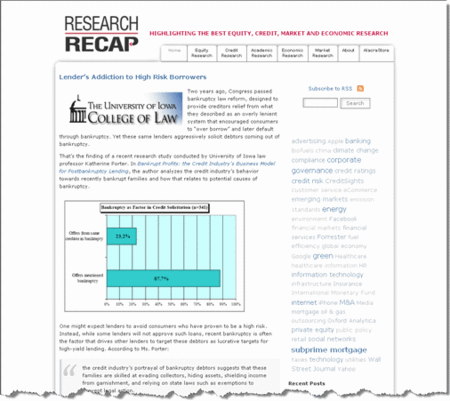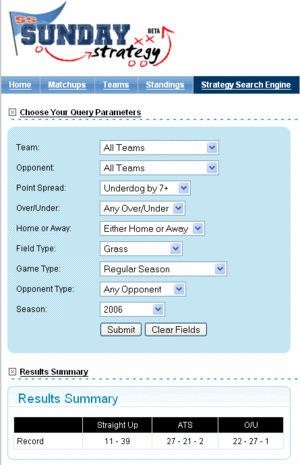 Earlier today, I had the opportunity to serve as moderator for a fascinating panel at the SIIA Brown Bag. The panel, Think Small: Why Widgets are the Next Big Thing for Content Distribution, featured three terrific speakers:
Earlier today, I had the opportunity to serve as moderator for a fascinating panel at the SIIA Brown Bag. The panel, Think Small: Why Widgets are the Next Big Thing for Content Distribution, featured three terrific speakers:
- Steve Touhill, VP, Business Development for Clearspring
- Alex Iskold, Founder and CEO, AdaptiveBlue
- Jeff Yolen, Chief Marketing Officer for Sphere
The panel began with an discussion of why widgets are emerging as an important vehicle for the content industry. While Web 1.0 was led by the "Field of Dreams" approach to creating massive portals, Web 2.0 is focused on personalization of content. Users don't want to use your site; instead, they want to take your content, arrange it with other content of their choosing, customize the look and feel, comment on it and share it with others.
 The discussion quickly moved to monetization, where the panelists discussed the various business models (sponsorship, eCommerce/affiliate programs and advertising). Alex Iskold described how the AdaptiveBlue widgets allowed bloggers to use their affiliate accounts for Amazon and others to generate revenues. All agreed that it was very early and the monetization models were just being established,
The discussion quickly moved to monetization, where the panelists discussed the various business models (sponsorship, eCommerce/affiliate programs and advertising). Alex Iskold described how the AdaptiveBlue widgets allowed bloggers to use their affiliate accounts for Amazon and others to generate revenues. All agreed that it was very early and the monetization models were just being established,
although Google's announcement yesterday of its Gadget Ads should accelerate adoption of that model.
 Jeff Yolen walked through the Sphere model, which is more of a pull than push. While most widgets are used to push content out to users, the "Sphere It" widget is used on content provider sites to pull other relevant content in, improving the user experience.
Jeff Yolen walked through the Sphere model, which is more of a pull than push. While most widgets are used to push content out to users, the "Sphere It" widget is used on content provider sites to pull other relevant content in, improving the user experience.
The panelists agreed that one challenge with widgets is getting them discovered. There were more than 3,000 Facebook apps launched in the first two months after their platform was launched; catalogs from Google and Netvibes are similarly overrun.
 According to Steve Touhill, the most successful models for widget distribution have been those that include the widget inline with their other content (as the NBA does with player cards) and the "grab it" functionality that most widgets offer, which fosters viral growth.
According to Steve Touhill, the most successful models for widget distribution have been those that include the widget inline with their other content (as the NBA does with player cards) and the "grab it" functionality that most widgets offer, which fosters viral growth.
The strong turnout and many questions posed reinforced that widgets are on the minds of content industry professionals. While the business models may take another 6-12 months to work out, it looks as though widgets will be an important component of any content strategy.
My key takeaways from the discussion were:
-
The content model on the web is shifting from the comprehensive portal to the personalized page where the user controls the selection and arrangement of content.
- Widgets can be an effective way to increase brand awareness, drive advertising sponsorship and for eCommerce/affiliate marketing.
- It's already getting crowded out there and it's hard to get notice for your "widgets in the wild". Making your widget playful is key for viral adoption.
- We're still in the early days of widgets; if you're blogging or have a Facebook page, start experimenting with widgets. If you don't have one, create a Facebook page and spend an hour per week on it. Your future might depend on it.
Here's Alex Iskold's take on the panel on the AdaptiveBlue blog.
Were you at the brown bag? Add your thoughts in the comments.
 For those of you who may have missed last week's SIIA panel on widgets (or those who were there and want to relive the moment), the team at Scribe Media has made a video version available here.
For those of you who may have missed last week's SIIA panel on widgets (or those who were there and want to relive the moment), the team at Scribe Media has made a video version available here.



















